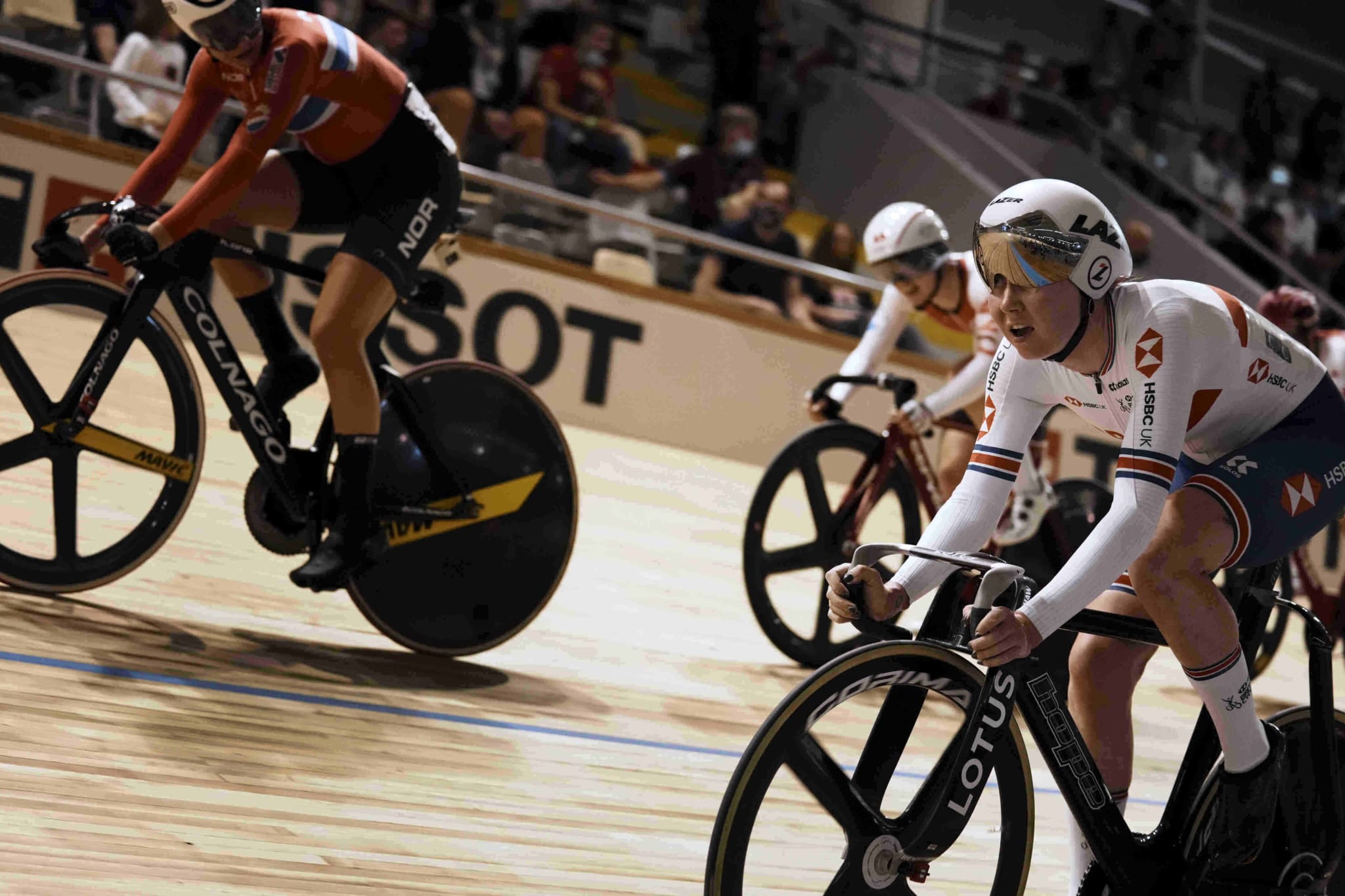Is inclusion against fair play? The case of the British transgender cyclist Emily Bridges has divided the world of sports. Emily was eventually not permitted to participate in the women’s race, which sparked a debate about whether transgender people should compete with athletes who were born as women.
Cyclist Emily Bridges, formerly Zach Bridges, announced a gender reassignment in October 2020 and began hormone therapy last year to reduce testosterone to the level set by the rules.
Emily finished second in the university men’s competition this February, but at the beginning of April, she was to compete with women at the British National Championship for the first time.
The 21-year-old competitor met the standards by keeping her male hormone levels below the required 5 nanomoles per liter of blood for 12 months. There seemed to be nothing stopping her from entering the competition, but as the day of the race approached, protests intensified.
Many of her opponents threatened to boycott the competition, believing that Bridges had a significant genetic advantage over them.
Female cyclists expressed their concerns
In a public letter to the International Cycling Union (UCI), cisgender female competitors expressed concern about the fairness of the competition and pointed out, for example, that Bridges had set a 25-mile record in the men’s junior category four years prior, which was two minutes better than the current best time in the women’s category.
The Czech triathlete Tereza Zimovjanová also commented on the case.
“From an early age, little boys are faster than little girls. The older you get, the greater the difference. It is hard to imagine that you go through a change into a girl in your twenties, and since you’ve had a reduced testosterone level for a year, you can race women. What about all those years that you have evolved and trained as a male?” Zimovjanová wrote on Twitter.
“From my experience, male swimmers have 2 to 3 percent of body fat. We, thinner girls, have about 12 percent. How can such a body, albeit with lower testosterone, ever compare to a woman’s body? And that’s just one of a million things. It’s so shamefully unfair,” she added.
Just a few days before the expected start of the competition, the UCI made a surprising decision. Bridges was not allowed into the race, officially due to an administrative error. The cyclist is still registered in the men’s association.
The Stonewall association, which fights for the rights of transgender people, immediately opposed the decision.
Disappointed, Bridges decided to suspend her social media accounts and tore into the British media, which she felt had “harassed and demonized” her.
“They have an agenda to push, and they are attacking everything that goes beyond the standards,” she said, adding that she did not understand much of the official justification for her exclusion from the race.
“I’m an athlete, and I just want to race again. No one should choose between who he is and participating in the sport he loves,” she said.
The public leans toward excluding transgender athletes from women’s competitions
Public opinion and the opinions of those who make decisions are heading in the opposite direction, though.
“We have to consider the fairness of the competition. In my opinion, the current rules of 5 nanomolar per liter are not enough,” UCI President David Lappartient told the BBC.
British Prime Minister Boris Johnson also spoke out against the current rules.
“I don’t think transgender women should compete in women’s sports,” Johnson told reporters. “It may be a controversial view, but it makes sense to me. I have sympathy for people who want to change gender, we need to give them maximum love and support. But these are complex issues that cannot be solved by one simple piece of legislation,” he added.
Cyclists based their open letter on the views of some scientists who agree that current testosterone criteria in professional sports can benefit those born as men. They mention, in particular, better muscular dispositions and larger organs, which in turn means greater strength, endurance, and speed.






